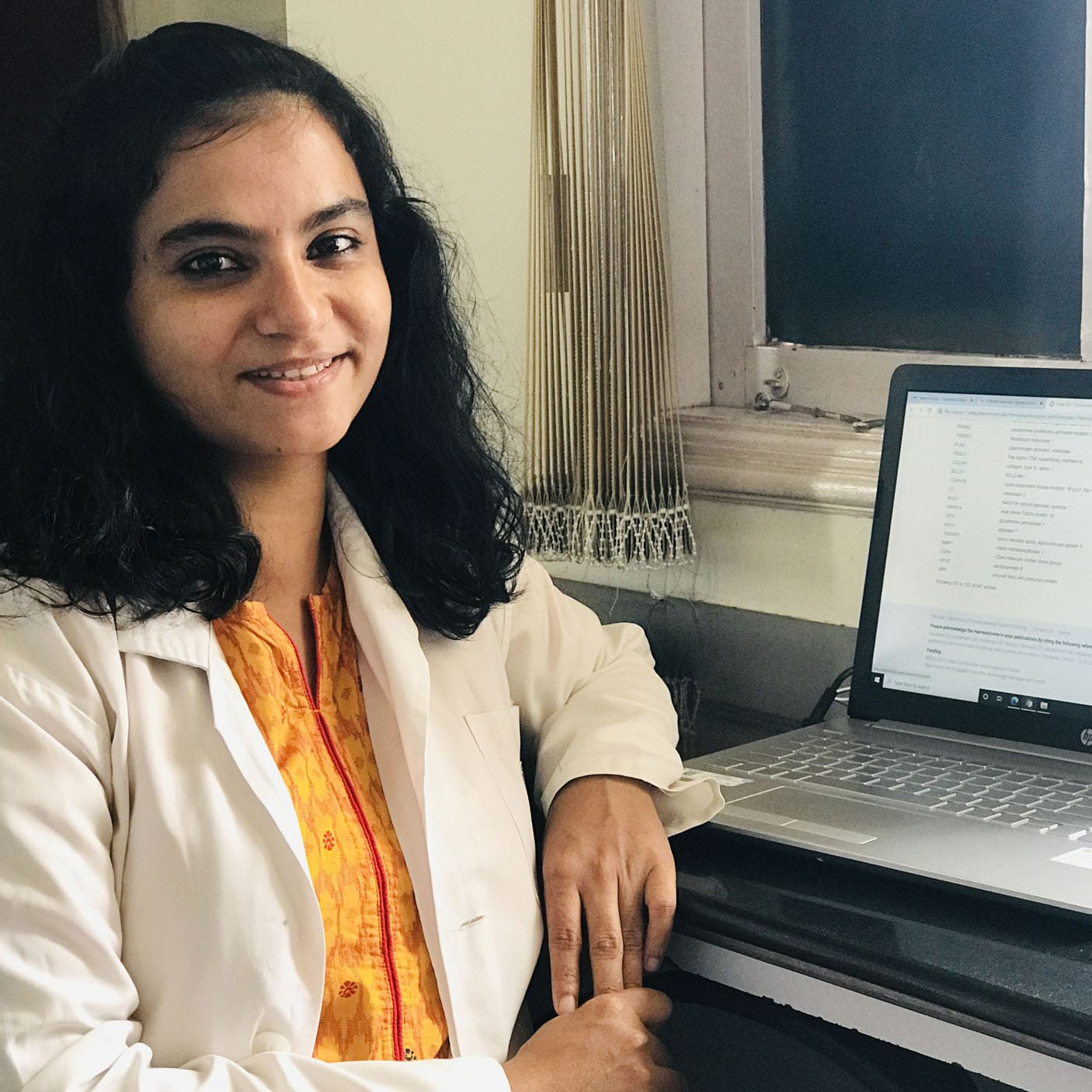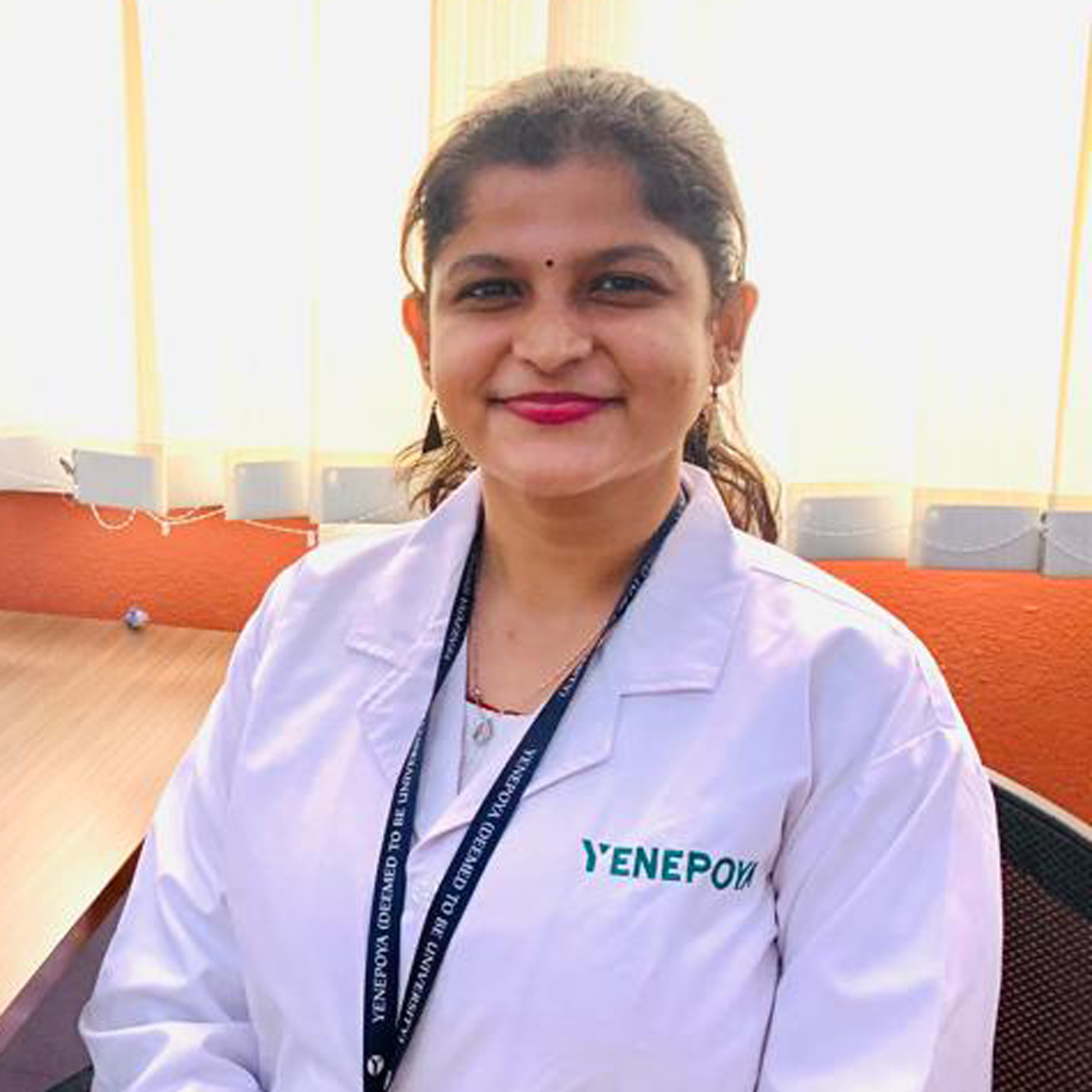
Dr. Ranajit Das
Associate Professor
-
PhD: Biological Sciences, Duquesne University, Pittsburgh, USA
-
MS: Zoology, Southern Illinois University Carbondale, USA
-
MSc: Biotechnology, University of Calcutta, India
-
das.ranajit@gmail.com
I am a population geneticist by training with expertise in biostatistics, evolutionary bioinformatics and molecular evolution. I did my undergraduate (BSc) in Zoology from Presidency College, Kolkata, followed by Masters in Biotechnology from University of Calcutta. Then I moved to USA and did my Masters in Zoology from Southern Illinois University Carbondale, followed by PhD in Biological Sciences from Duquesne University, Pittsburgh, USA. After completing my PhD I moved to UK, where I did my post doc in University of Sheffield in Biostatistics and Bioinformatics. I returned to India in 2015 and joined Manipal Academy of Higher Education (MAHE). I joined Yenepoya Research Centre (YRC) in 2019 and aim to set up a research group in population genetics and evolutionary bioinformatics.
Postdoc/Experience
- Assistant Professor (Oct 2019 – till date) – Yenepoya Research Centre, Yenepoya (Deemed to be University), Mangaluru, India
- Assistant Professor (Nov 2017 – Sep 2019) – Manipal Academy of Higher Education, Manipal Center for Natural Sciences (MCNS), Manipala, India
- Postdoctoral Fellow [Independent] (Nov 2015 – Nov 2017) – Manipal Academy of Higher Education, Manipal Center for Natural Sciences (MCNS), Manipala, India
- Postdoctoral Research Assistant (Jun 2014 – Oct 2015) – The University of Sheffield, Department of Animal and Plant Sciences, Sheffield, England, United Kingdom
Awards/Honors
- 2018 – Received competitive Seed funding award by Manipal Academy of Higher Education (MAHE), Manipal, Karnataka, India. Top 5% applications are awarded Seed funding in each financial year.
- 2013 – Received Bayer Pre-Doctoral Fellowship Award by Bayer School of Natural and Environmental Sciences, Duquesne University, Pittsburgh, Pennsylvania, USA.
- 2008 – The project entitled “Air conditioning mechanism existing inside the termite mounds” was selected among top 12 projects in India’s Environmentalist competition 2008-09, organized by NDTV-Toyota Environment Campaign.
- 2008 – Received University Grants Commission (UGC) student grant in India, for the Termite project in March 2008 [No. F. 11-15/2003 (SA-I)].
- 2005 – Qualified Joint CSIR-UGC Junior Research Fellowship- National Eligibility Test (NET) held in December 2005 for award of Junior Research Fellowship and Lecturer ship in Life sciences under the UGC Fellowship scheme, Government of India.
- 2004 – Ranked 4th in BSc. (Hons.) examination, in Zoology in University of Calcutta, India.
- 2000 – Received National scholarship by the Government of India, Ministry of Human Resource Development, under National Scholarship scheme for ranking within top 50 (Rank 42) in the Madhyamik Pariksha (Xth Board Examination) in West Bengal state.
Research Interest/Area
Population Genetics, Molecular Evolution, Evolutionary Bioinformatics, Biostatistics
Research
My lab is interested in tracing the ancestral origin and biogeographical affiliation of various human and endangered animal populations and deducing AIMs for the same. There is an eternal quest to uncover our roots and our ancestral origin to answer the primal questions ‘who am I?’ and ‘where am I from?’. Our DNA determines not only who we are but holds the key to uncovering our true ancestral past. A plethora of information stored inside the genome reflects our uniqueness and proximity to different ancestral and modern-day populations. Given high correspondence between our genetic make-up and the geographical origin of our forefathers, it is possible to glean into precise ancestral origin using the genetic information. While genetically all humans are >99% identical, there are variations in our DNA that makes us unique. The most common type of variation is a single base pair change in the DNA known as Single Nucleotide Polymorphisms (SNPs). A collection of SNPs, commonly known as Ancestry Informative Markers (AIMs), exhibit large differences among ancestral populations. These AIMs panels can help in tracing one’s ancestry with high precision. Understanding our ancestry is not only a ‘homing’ tool bringing you closer to your evolutionary past but also holds the key to detect ancestry/population specific disorders, develop personalized medicine, identify potential suspects by shortlisting individuals based on their ancestry, and preserve biological diversity by maximizing genetic diversity through outbreeding and genomic admixture and preventing inbreeding among genetically related individuals.
Publications Full list: 
- Das R*, Roy R, Venkatesh N. Using Ancestry Informative Markers (AIMs) to Detect Fine Structures Within Gorilla Populations. 2019. Frontiers in Genetics 10 (43). doi: https://doi.org/10.3389/fgene.2019.00043. (Impact Factor: 4.15)
- Das R*, Upadhyai P. Application of the geographic population structure (GPS) algorithm for biogeographical analyses of wild and captive gorillas. 2019. BMC Bioinformatics 20 (1): 35. doi: https://doi.org/10.1186/s12859-018-2568-5 (Impact Factor: 2.21)
- Das R*, Upadhyai P. An ancestry informative marker set which recapitulates the known fine structure of populations in South Asia. 2018. Genome Biology and Evolution 10 (9): 2408-2416. doi: https://doi.org/10.1093/gbe/evy182 (Impact Factor: 3.73)
- Das R*, Upadhyai P. Application of Geographical Population Structure (GPS) algorithm for biogeographical analyses of populations with complex ancestries: a case study of South Asians from 1000 Genomes projec 2017. BMC Genetics 18 (1):109. doi: 10.1186/s12863-017-0579-2 (Impact Factor: 2.55)
- Das R*, Upadhyai P. Unravelling the population history of Indian Siddis. 2017. Genome Biology and Evolution 9(6):1385-1392. doi: 10.1093/gbe/evx095 (Impact Factor: 3.73)


